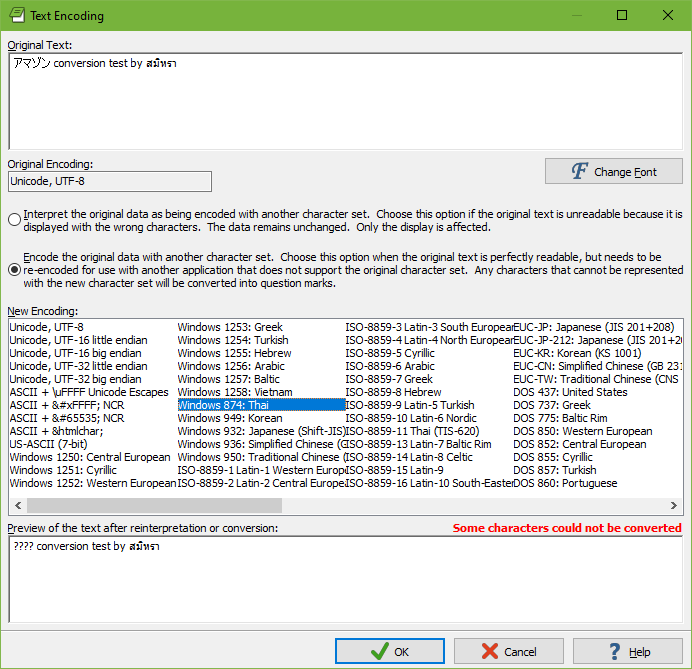
- #Utf 16 codepoints to utf 8 table how to
- #Utf 16 codepoints to utf 8 table mods
- #Utf 16 codepoints to utf 8 table code
Specify UTF-8 as the encoding type for XML In every PHP output header, specify UTF-8 as the encoding: header('Content-Type: text/html charset=utf-8')
#Utf 16 codepoints to utf 8 table code
Set UTF-8 as the character set for all headers output by your PHP code

To be sure that your PHP code plays well in the UTF-8 data encoding sandbox, here are the things you need to do: Related: PHP Best Practices and Tips by Toptal Developers PHP UTF-8 Encoding – modifications to your code: While this change will ensure that PHP always outputs UTF-8 as the character encoding (in browser response Content-type headers), you still need to make a number of modifications to your PHP code to make sure that it properly processes and generates UTF-8 characters. OK cool, so now PHP and UTF-8 should work just fine together. (Note: You can subsequently use phpinfo() to verify that this has been set properly.) The first thing you need to do is to modify your php.ini file to use UTF-8 as the default character set: default_charset = "utf-8" PHP UTF-8 Encoding – modifications to your php.ini file:
#Utf 16 codepoints to utf 8 table how to
#Utf 16 codepoints to utf 8 table mods

Is U+233B4, which in UTF-8 is encoded with the four bytes F0 A3 8E B4.

In comparison, the Unicode hexidecimal code for the character It is for this reason that systems that are limited to use of the English character set are insulated from the complexities that can otherwise arise with UTF-8.įor example, the Unicode hexidecimal code for the letter A is U+0041, which in UTF-8 is simply encoded with the single byte 41. The first 128 characters of Unicode correspond one-to-one with ASCII, making valid ASCII text also valid UTF-8-encoded text.

UTF-8 encodes each character using one to four bytes. UTF-8 has become the dominant character encoding for the World Wide Web, accounting for more than half of all Web pages. It was designed for backward compatibility with ASCII and to avoid the complications of endianness and byte order marks in UTF-16 and UTF-32. UTF-8 is a variable-width encoding that can represent every character in the Unicode character set. Unicode is a widely-used computing industry standard that defines a comprehensive mapping of unique numeric code values to the characters in most of today’s written character sets to aid with system interoperability and data interchange.


 0 kommentar(er)
0 kommentar(er)
